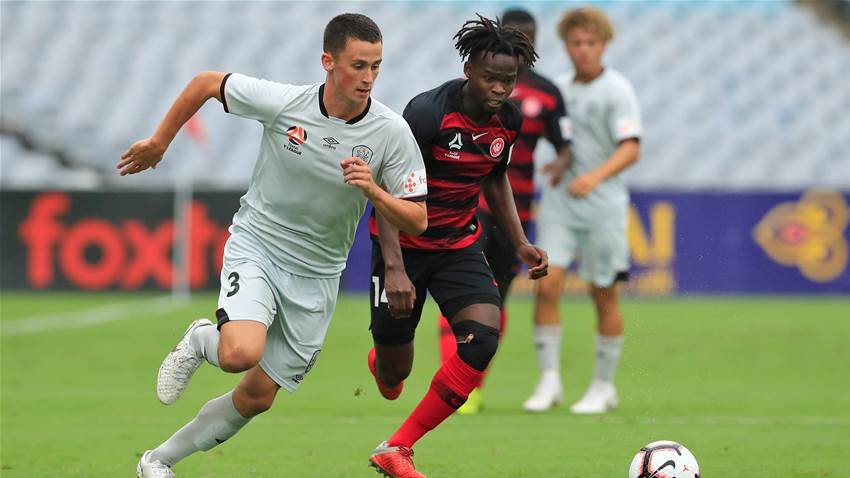The nation’s premier junior competition, the Y-League returns to action this weekend for its twelfth season, with the subject of Australia’s youth development, pathways to senior football and philosophical approach to development a hot topic amongst the footballing public.

Should players that sit on that precipice of A-League football such as Brisbane Roar’s Rahmat Akbari, Melbourne Victory’s Ben Carrigan, Newcastle Jets’ Angus Thurgate and Melbourne City’s Stefan Colakovski spend their time in the coming months sitting largely unused as part of an extended bench with the senior sides rather than seeing some form of regular minutes at a Y-League level, the veracity of the benefits they are deriving from the new regulations can be called into question.
Nonetheless, reform could be on the way.
While in an optimal world Australia would have a thriving, multi-tiered footballing ecosystem that allowed for transfer fees, player loans and a spirit of risk and aspiration in order to incentivise young player development, newly independent A-League clubs have recognised the need for reforms for the Y-League.
An idea championed by Socceroos Head Coach Graham Arnold as part of a possible solution, the prospect of a U23 reserves competition that will operate alongside the A-League between October and May has been raised, which would see the number of games available to young players during the summer months to at least 20.
Initially slated to just include A-League clubs and Canberra United – expansion sides Western United and Macarthur FC have both signalled they will be entering sides in the Y-League or its successor as soon as they are able – it has been floated that representatives from outside the professional eco-system, be they ambitious NPL clubs or sides created to serve a region, could also enter the league in the future.
While reform of the conclusion of Australia’s developmental pathway represents just one of a number of philosophical and structural areas of exploration needed in the Australian game, the floated changes to the Y-League and the planned launch of the National Second Division in the coming years show that faint signs of progress in junior development may be becoming apparent.
Related Articles

Leckie seals new marquee deal as Good, Maclaren head to Asia

Socceroo-in-waiting seals Championship deal














